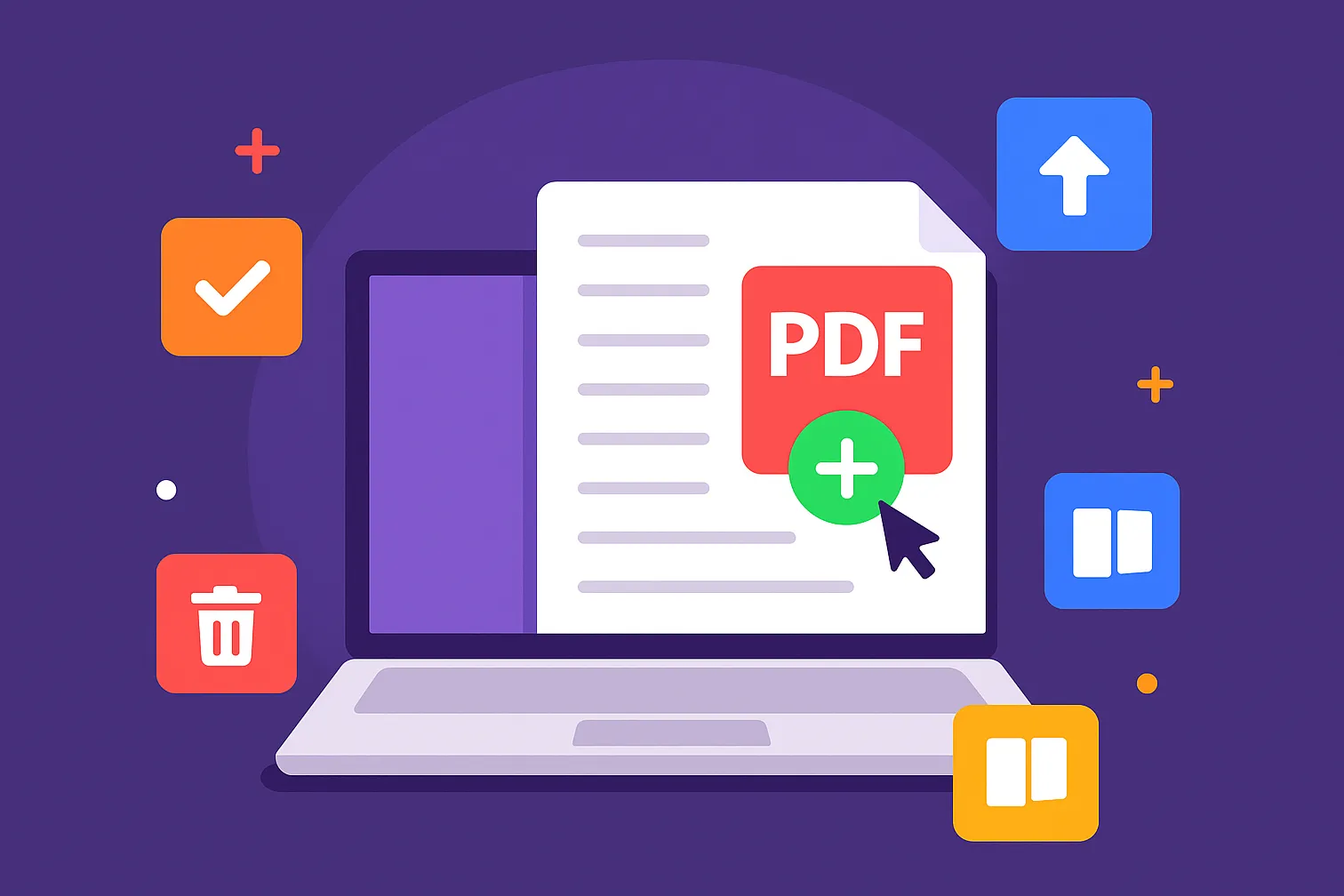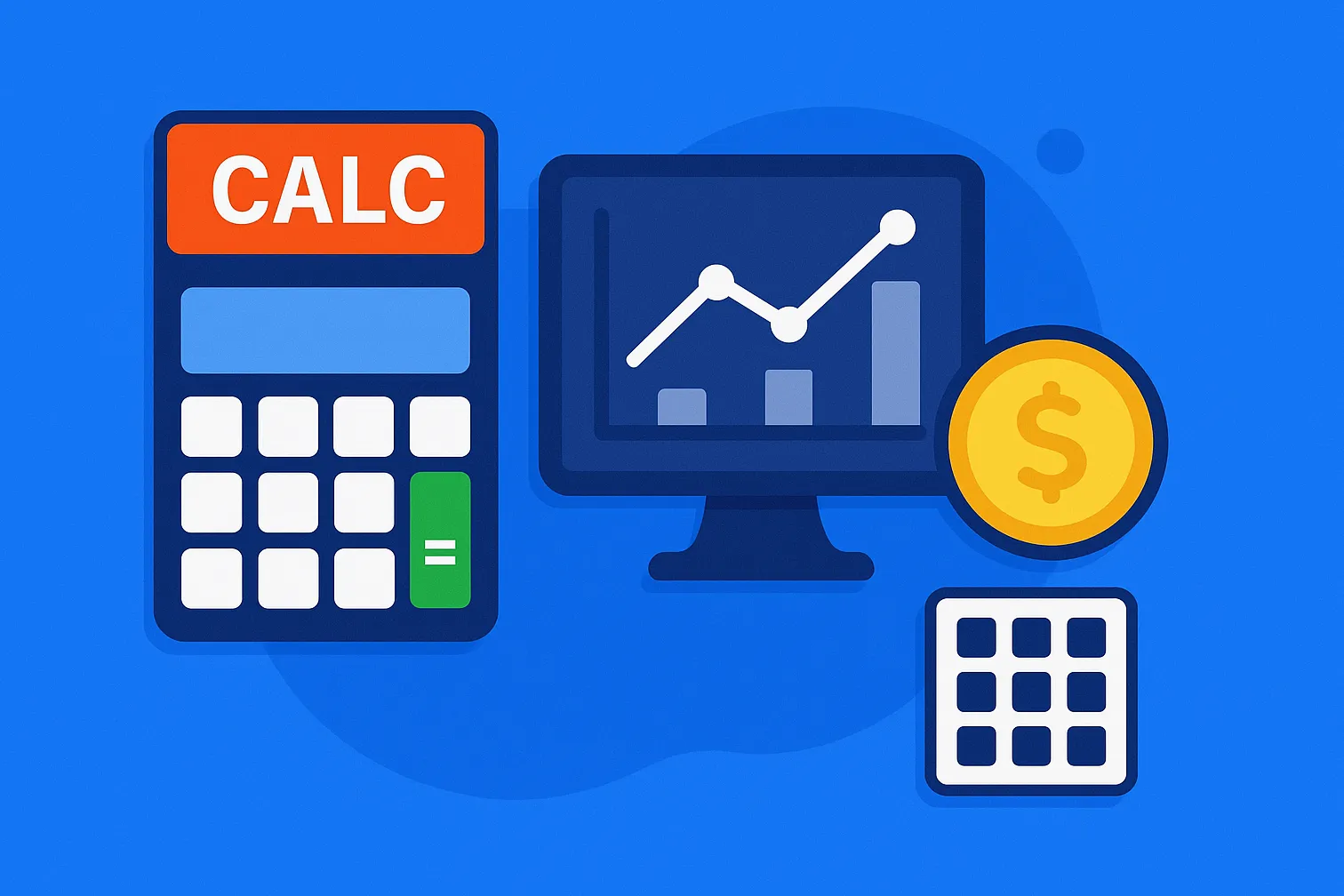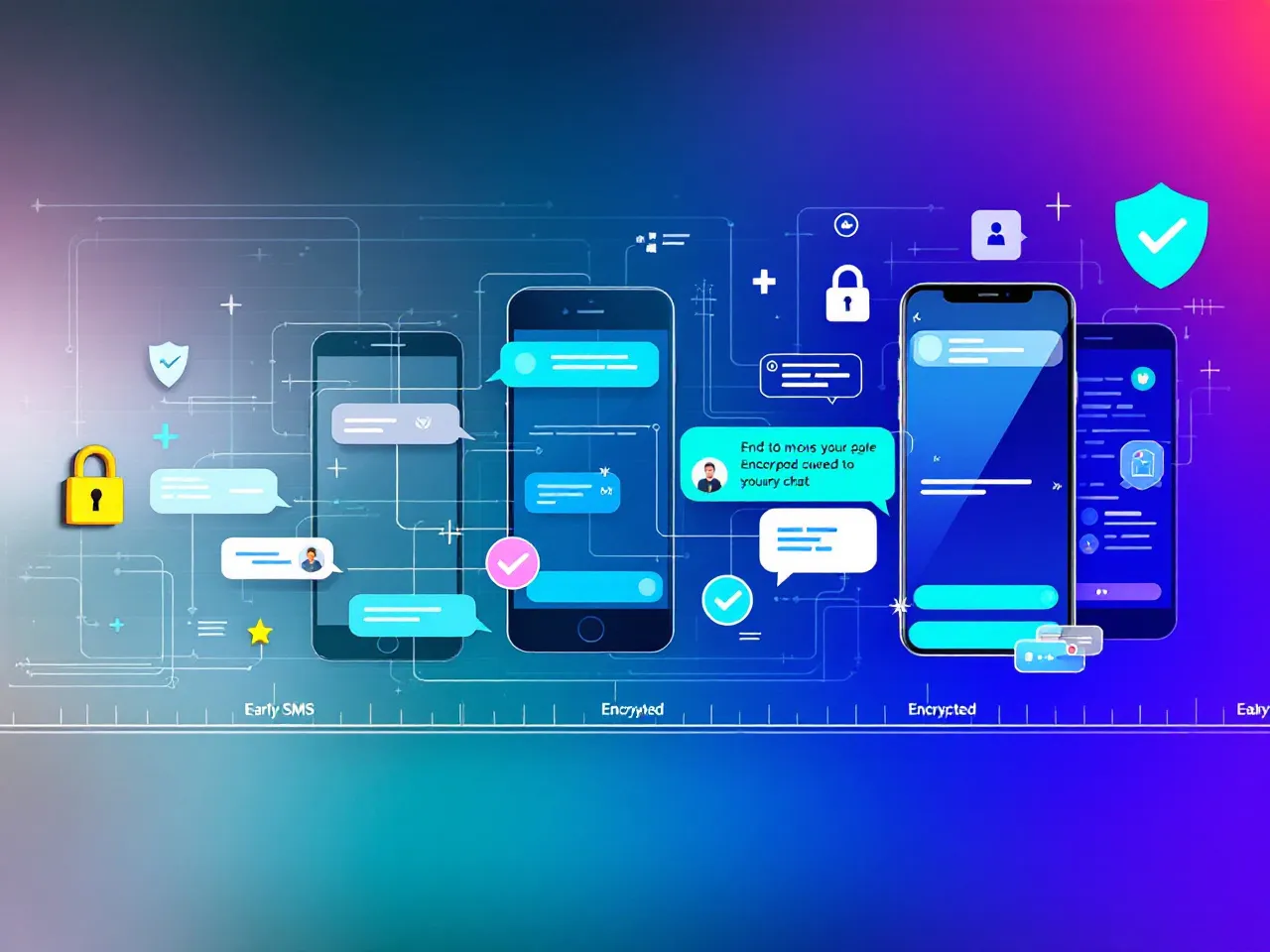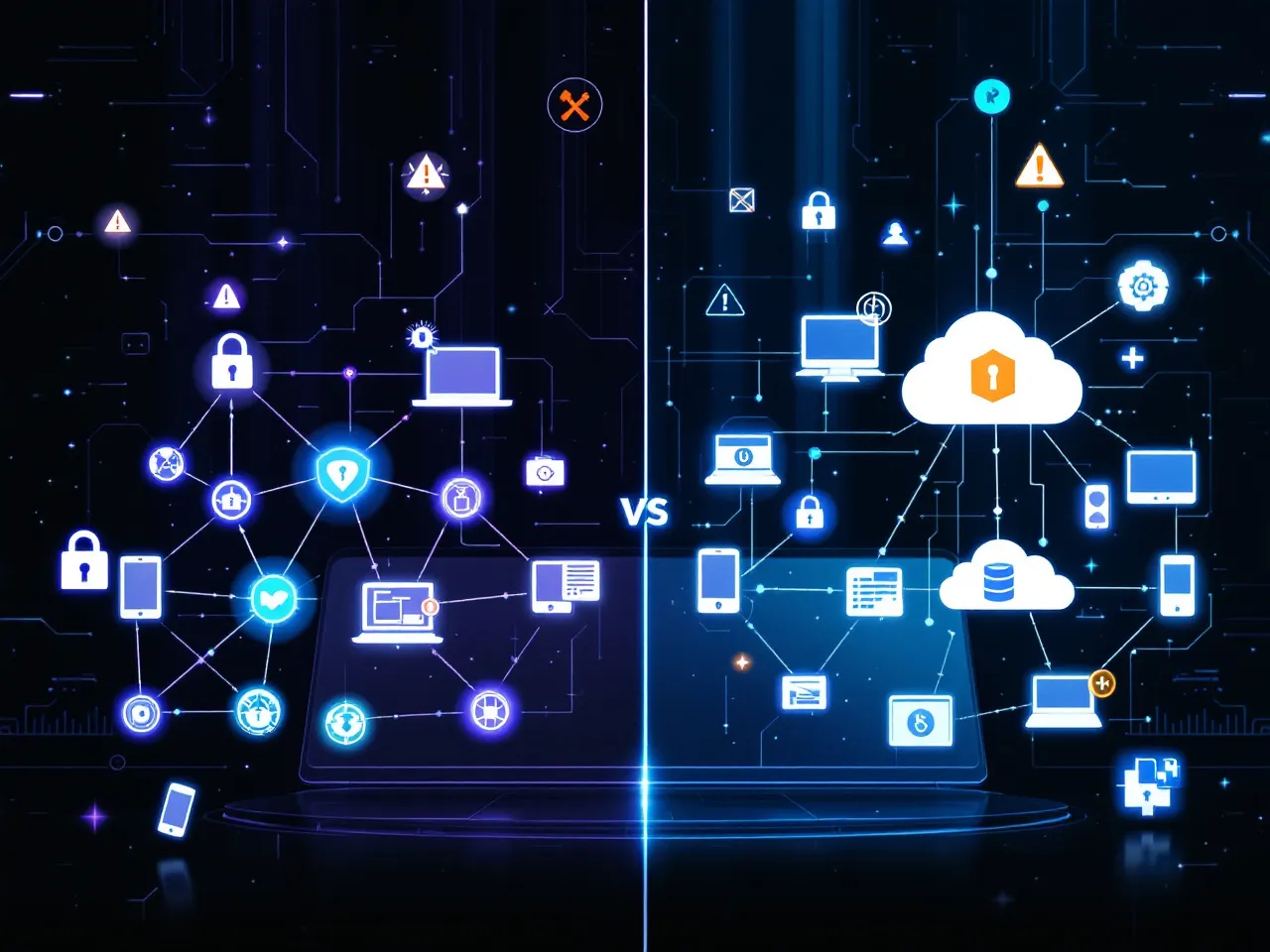How Peer-to-Peer Communication Redefines Online Privacy
POSTED
1 month ago
AUTHOR
Mayur Shinde
DATE
March, 05 2025

Are you tired of feeling like your online life is an open book for tech giants? Do you long for the days when your digital conversations were truly private? You're not alone. As concerns about surveillance and data breaches reach a fever pitch, a powerful alternative is emerging: peer-to-peer (P2P) communication. Could this be the key to reclaiming your online freedom?
Understanding the Centralized vs. Decentralized Divide
To grasp the significance of P2P, we must first understand the limitations of the current centralized model. In a centralized system, all communications and data pass through a central server. This server acts as a middleman, facilitating connections and storing information. While convenient, this model creates a single point of failure and a honeypot for data collection. Conversely, P2P networks connect users directly, without relying on a central server. Data is distributed across the network, and communication flows directly between peers. This inherently decentralized structure offers several key advantages for privacy-conscious users.
The Privacy Advantages of Peer-to-Peer Communication
Reduced Data Centralization: In a P2P network, your data is not stored in a single, easily accessible location. Instead, it is distributed across multiple nodes, making it significantly harder for malicious actors or surveillance entities to collect and analyze. This decentralization minimizes the risk of mass data breaches and limits the ability of centralized authorities to monitor user activity.
Enhanced Encryption: P2P protocols often incorporate robust end-to-end encryption, ensuring that only the intended recipients can access the content of their communications. This encryption protects data from interception by intermediaries, including ISPs, governments, and even the platform providers themselves.
Anonymity and Pseudonymity: Some P2P applications and networks offer features that enable users to communicate anonymously or pseudonymously. By masking IP addresses and other identifying information, these tools make it difficult to trace communications back to specific individuals. This is particularly valuable for whistleblowers, activists, and individuals living under oppressive regimes.
Resistance to Censorship: Because P2P networks are decentralized, they are inherently resistant to censorship. There is no single point of control that can be used to block or filter content. This makes P2P a powerful tool for circumventing government censorship and ensuring access to information.
Data Ownership and Control: P2P empowers users to regain control over their own data. Instead of relinquishing ownership to centralized platforms, users retain control over their information and decide who can access it. This shift in ownership is fundamental to reclaiming online privacy.
Examples of P2P Technologies and Their Impact on Privacy
Decentralized Messaging Apps: Apps like Session and Briar utilize P2P protocols to provide secure, encrypted messaging without relying on central servers. These apps prioritize user privacy and offer features like onion routing to further enhance anonymity.
Decentralized File Sharing: Technologies like IPFS (InterPlanetary File System) enable users to share files directly without relying on centralized storage providers. IPFS uses content addressing, which ensures that files are identified by their content rather than their location, making them more resistant to censorship and tampering.
Decentralized Social Networks: Platforms like Mastodon, while not strictly P2P, embrace a federated model that shares similarities. Users can choose to join different servers, or "instances," and interact with users on other instances. This decentralized structure reduces the power of any single entity and promotes user autonomy.
Blockchain-Based Applications: Blockchain technology, which underlies cryptocurrencies like Bitcoin, is inherently decentralized. It can be used to create secure and transparent systems for data storage, identity management, and communication.
Challenges and Considerations
While P2P offers significant privacy advantages, it is not without its challenges.
Scalability: P2P networks can sometimes struggle to scale to handle large volumes of traffic.
Usability: Some P2P applications can be complex to set up and use, which can be a barrier to adoption for less tech-savvy users.
Security Risks: While P2P can enhance privacy, it can also create new security risks if not implemented correctly. Malicious actors can exploit vulnerabilities in P2P protocols to spread malware or launch denial-of-service attacks.
Content Moderation: The decentralized nature of P2P can make it difficult to moderate harmful or illegal content.
The Future of Online Privacy
Despite these challenges, the trend towards decentralization and P2P communication is undeniable. As awareness of privacy concerns continues to grow, more users will seek out alternatives to centralized platforms.
The future of online privacy likely lies in a hybrid approach, combining the convenience of centralized services with the security and control offered by P2P technologies. We may see the rise of more federated platforms, where users can choose to interact with different servers and communities while maintaining control over their data. Ultimately, P2P communication is not just a technological innovation; it is a fundamental shift in the power dynamic of the internet.
By empowering individuals to communicate and share information directly, P2P technology is redefining online privacy and paving the way for a more decentralized and secure digital future.
Tags: online privacy, peer-to-peer, decentralization, encryption, data protection, anonymity, censorship resistance, data ownership, digital security, P2P networks
Recent Posts

Powerful PDF Tools Online: Boost Your Workflow with SuperFile.ai
1 week ago

SuperFile.ai: Your Free Financial Calculator Toolkit
1 week ago

Tracing the Evolution of Secure Messaging
2 weeks ago

The Role of End-to-End Encryption in Modern Communication
3 weeks ago

Peer-to-Peer File Sharing vs. Cloud Storage: Which Is More Secure?
1 month ago

Calculate Recurring Deposit Returns Easily with a Free Online RD Calculator
2 months ago
